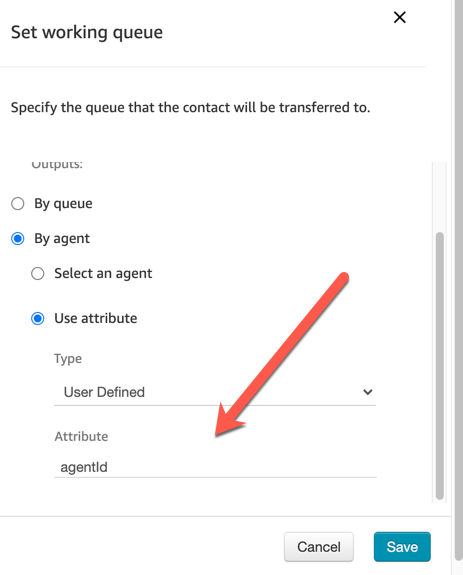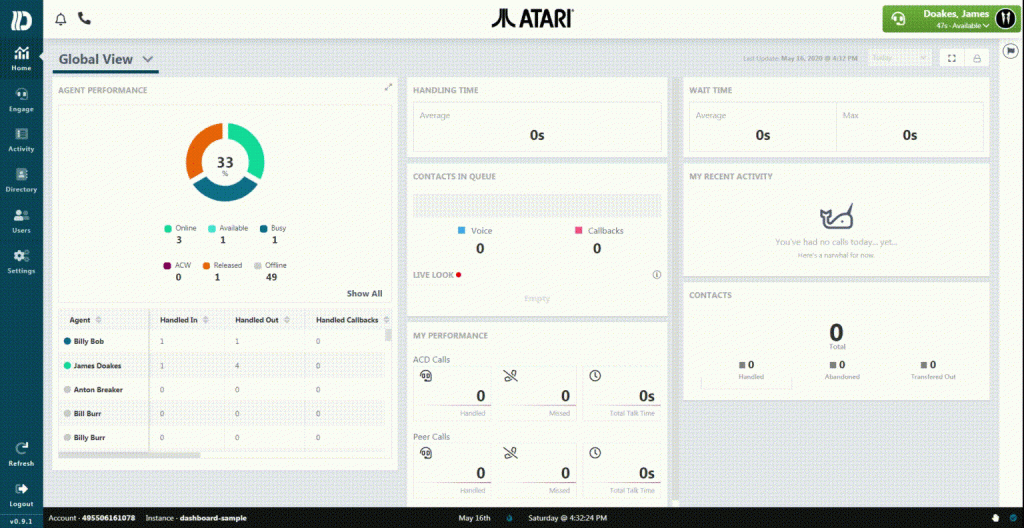Dextr integrates transcriptions, comprehension and sentiment analysis !
Contact center supervisors are hungry for insight into things like whether agents are having effective conversations, whether any interesting trends in customer sentiment are occurring, or whether the agents are complying with regulatory requirements. This is challenging because audio data is virtually impossible for computers to search and analyze. Therefore, recorded speech needs to be converted to text before it can be used in applications. Using AWS machine learning natural language processing (NLP) and speech-to-text, Contact Lens for Amazon Connect, now integrated in the Dextr Dashboard, transcribes contact center calls to create a fully searchable archive and surface valuable customer insights. With Contact Lens for Amazon Connect, customer service supervisors can quickly and easily discover emerging themes and trends from customer conversations, directly in Amazon Connect.
Dextr simple to navigate interface
Dextr has long enabled agents and supervisors to search activities and pull back voice recordings. We the integration of LENS, Dextr makes it possible to not only pull back the recording, but to “see” key customer experience metrics including total talk time in bar chart format showing customer, agent and silence time slots. The sentiment analysis is displayed by segment and rated over all by a smiley face!
Transcriptions can be displayed by agent and customer segment, with clickable time stamps that enable you to pull back any segment of a recorded and transcribe customer experience.
Dextr Benefits
With a Dextr dashboard, contact Lens for Amazon Connect simple to set up and use. With only a few clicks, you can use Machine Language -powered analytics to discover deep customer insights from your contact center. Through the Dextr intuitive UI, you can analyze call and chat transcripts, customer and agent sentiment, and conversation characteristics without any coding. The Dextr implementation of Contact Lens for Amazon Connect helps supervisors improve the agent customer interaction by providing insights around what makes a successful call, compliance risks, and trends in topics with new rich metadata around call transcripts and conversation characteristics such as indicators of interruptions, talk speed, sentiment, and custom category labels.
Dextr subscriptions are available in the AWS Marketplace
Dextr is a subscription based agent dashboard with a cost of about $1 a day per eight hour agent shift on a metered basis. Dextr offers discounts for prepaid contract terms and offers ongoing support for your Amazon Connect Call Centers. If you have not yet migrated to Amazon Connect, the Dextr professional service team provides a “fixed cost” deployment option that can have you operational in days and includes a one year subscription to Dextr. For your free trial head over to AWS Market place and sign up now!



